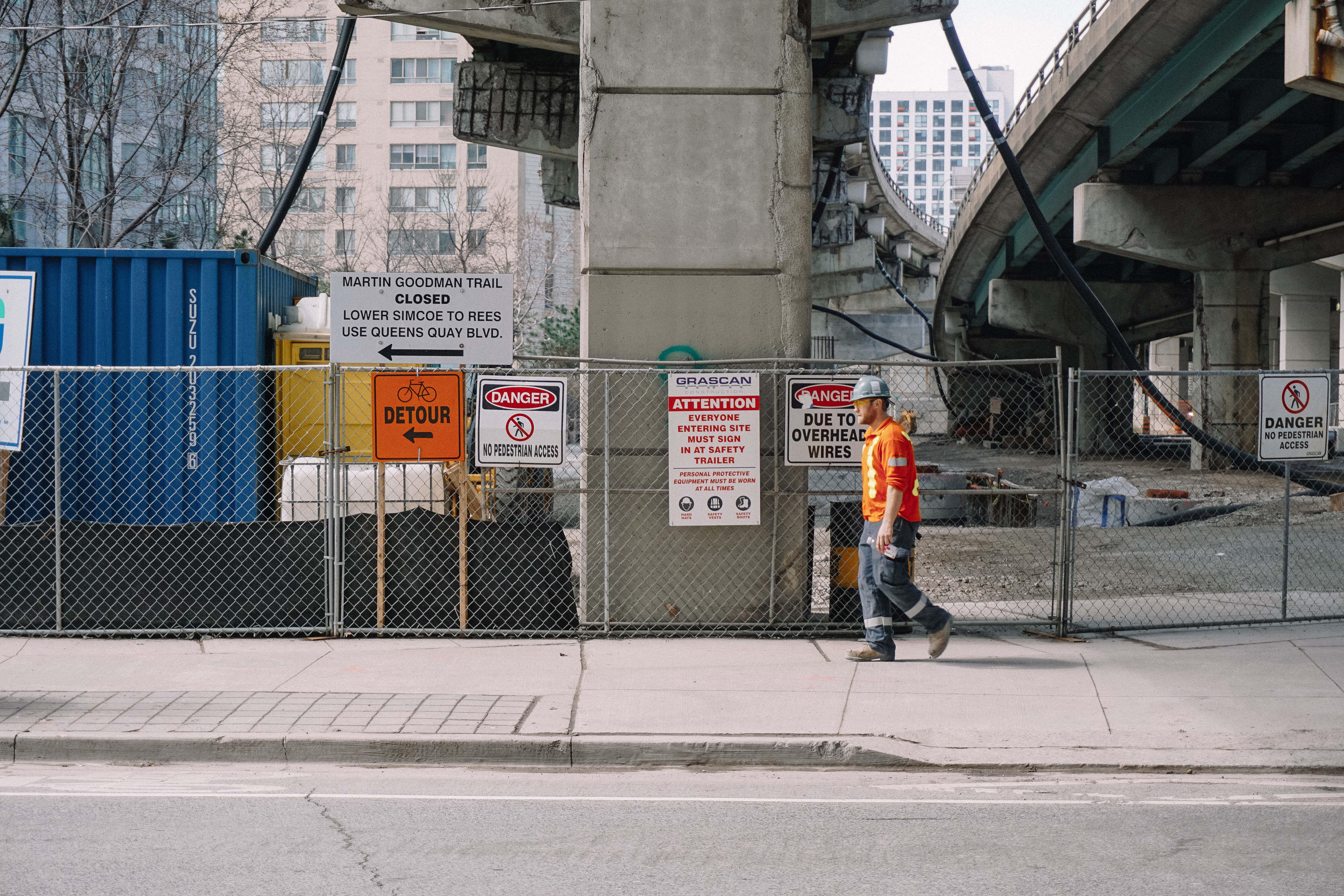Construction Safety: How To Ensure Your Workers Stay Safe On The Job


Safety is a primary concern in the construction industry, and it is imperative to ensure that workers remain safe while working on a construction site. As a construction project manager or site supervisor, it is crucial to implement adequate safety measures to minimize accidents and injuries. The following are some essential tips and best practices to help you maintain a safe working environment for your workers.
Proper Training: Workers must receive comprehensive training to operate machinery, handle hazardous materials, work at heights, and perform emergency procedures such as fire or other emergencies. Proper training is vital to ensure workers know the potential hazards on the site and how to respond to them.
Personal Protective Equipment (PPE): PPE includes hard hats, safety glasses, earplugs, gloves, and steel-toed boots. These are essential items for workers to wear while working on a construction site to ensure their safety. You must ensure that workers wear appropriate PPE for their tasks and that the equipment is adequately maintained and replaced when necessary.
Hazard Identification: Regular hazard assessments must be conducted to identify potential risks such as unstable surfaces, falling objects, or electrical hazards. Once hazards are identified, appropriate steps should be taken to eliminate or minimize the risk, such as installing guardrails or providing workers with fall protection equipment.
Safety Policies and Procedures: You must develop and implement effective safety policies and procedures to ensure worker safety on a construction site. The safety plan should outline the roles and responsibilities of workers and the procedures to follow in an emergency. Safety meetings should be implemented to review policies and procedures and address concerns or issues on a regular schedule.
Site Inspections: A qualified safety professional should conduct regular site inspections to ensure a safe construction site. The inspection should cover all aspects of the construction site, from machinery and equipment to the work environment and worker behavior. The inspection frequency may vary based on the complexity of the site, but it is advisable to conduct inspections at least weekly or monthly.
Communication: Effective communication ensures worker safety on a construction site. Workers must be regularly communicated with about safety policies and procedures and address any concerns or issues they may have. Workers must also be encouraged to report any safety concerns or hazards they identify on the job.
Training for Emergency Response: Workers must also receive training on emergency response procedures. This includes training on responding to a fire, explosion, or other emergencies and first aid and CPR training. Workers must also be trained to use emergency equipment.
In conclusion, maintaining a safe construction site requires careful planning, attention to detail, and effective communication. By implementing these practices, you can help create a safe and productive work environment for your workers while minimizing the risk of accidents and injuries. Safety is everyone's responsibility, and it is essential to ensure that everyone on the construction site knows the potential hazards and how to respond to them.
